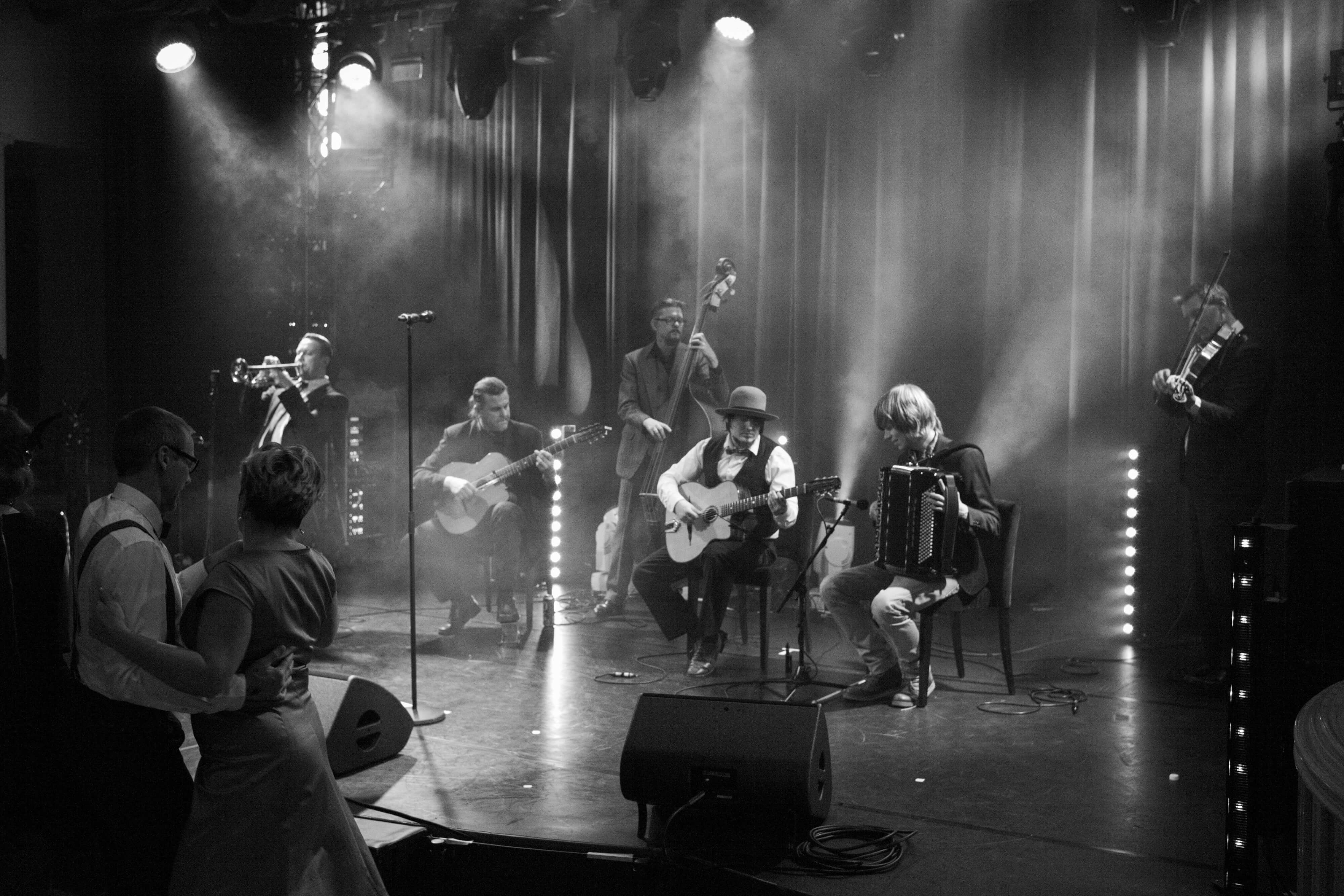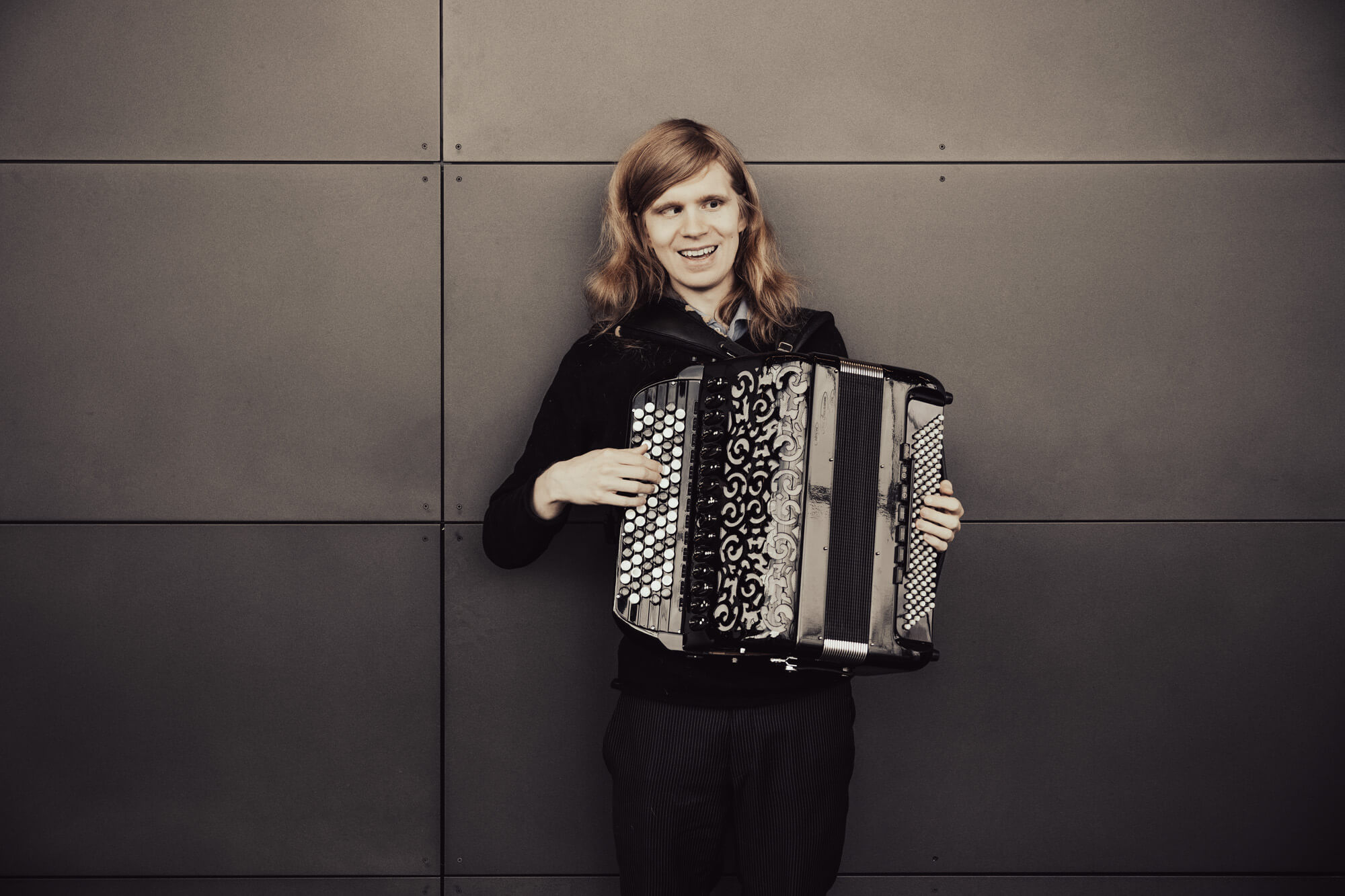Musical history sparkles with creative trailblazers who happened to be sightless, from composers Joaquin Rodrigo and Frederick Delius to megastars such as Stevie Wonder, Andrea Bocelli and Ray Charles. This also includes Louis Braille, an organist and cellist who devised the Braille code in 1825. For two centuries, this tactile writing system has allowed people with visual impairments to read using raised dots, while the lesser-known Braille music system has opened doors for composers and performers.
That’s been crucial for blind musicians, who have to rely heavily on memorisation. Most sighted people don’t realise the immensity of the obstacles that visually impaired artists face even in carrying out basic functions of being a professional musician such as reading sheet music, adjusting equipment, working in a studio or getting on stage in front of an audience.
Despite these challenges, many have become groundbreaking figures in the field, especially in the blues and jazz traditions. These range from singers Diane Schuur and José Feliciano to pianists George Shearing, Art Tatum and Lennie Tristano, horn pioneers WC Handy and Rahsaan Roland Kirk and blues giants such as Lemon Jefferson and Rev. Gary Davis.
In the mid-1970s, Wonder adopted cutting-edge technology to create some of the greatest pop albums of all time almost single-handedly. Half a century later, tech advances have made some these processes easier, but many remain cumbersome. Meanwhile full-time employment in the sector remains out of reach for many talented musicians and composers, says Joose Ojala. He’s an accordionist, composer and teacher who has worked tirelessly to open opportunities for music students and performers with visual impairment.

Ojala has recently unveiled two new works: a piece celebrating the 200th anniversary of the Braille code, composed and performed with jazz drummer Tuomas Ruokonen, and Taival, an album with the band Kaiunsäde.
“In the Braille 200 piece, we combine the logic of Braille notation with our way of improvising music, performed on accordion, synthesizer, drums and drum machine,” explains Ojala.
“The work uses the six-dot logic of Braille to create a musical texture. I have a set of six voices with which I ‘write’ the word Braille in a certain rhythm. Tuomas, who is also visually impaired, implements the same texture on drums. We’re aiming for a hypnotic, multi-layered texture in the minimalist spirit.”
“Braille” is part of their four-part suite How a Guide Dog Became an Adult Cat – the title based on an AI app’s fail in recognising a photo of Ojala’s dog. The suite is part of the duo’s improv series at the Iiris Pimé Café, a place which otherwise operates like a normal café in connection with the Iiris-keskus (Service and Activity Centre for the Visually Impaired) but is a completely dark space. For Ojala, who’s been blind from birth and doesn’t sense light at all, this is a normal working situation.
“It's impressive to notice how profoundly darkness affects people’s listening experience. Even though the music is quite challenging at times, the dark space helps people who otherwise don’t listen to this kind of music to immerse themselves in it. The performance also includes playing with voice models cloned with AI. They, too, delve into a very dark space,” he says.
Retro sounds and improv energy
A much brighter space is Taival by Kaiunsäde (“Echo Ray”), a group he co-founded in 2017 with his wife, pan flutist and singer Helena Taskila. They started out playing film music by Ennio Morricone, joined by his younger brother Tuukka Ojala on keyboards. The only sighted member of the band is double bassist Saija Hostikka.
“The band’s musical world is built around Helena’s pan flute. Melodiousness, cinematic influences and moderate amount of pathos are all part of the instrument’s heritage. These carry over into our original music, combined with jazz, pop and contemporary folk motifs,” says the accordionist. Add to the mix hints of chamber music, French musette and tango nuevo, while that unique pan flute sound is reminiscent of 1970s hits like Zamfir’s “Lonely Shepherd” and Simon & Garfunkel’s “El Cóndor Pasa”.
“Our instruments do lean towards nostalgia, so that naturally conjures up that kind of atmosphere. Our music brings out tonal colours and combinations that aren’t common nowadays,” says Ojala.
He composed most of the pieces on Taival, including the whimsical earworm “Suojasäässä” (“Thaw”), which could be the theme song from some long-lost, beloved childhood TV show. The elegant “Kesän alku” (“Start of Summer”) brings to mind French pianist Claude Bolling’s 1970s blend of jazz and chamber music. There are also two songs dedicated to dogs, central figures of daily life for many sightless people.
The album also includes nods toward jazz manouche (also known as gipsy swing) pioneered by guitarist Django Reinhardt, whom Ojala cites as a major influence. The Belgian-Romani jazz giant and his violin partner Stéphane Grappelli are also the inspiration for the acclaimed Helsinki band Django Collective.
Two of its members, violinist Antti Korhola and guitarist Otto Porkkala, are also members of the Joose Ojala Trio, which gigs regularly at Helsinki clubs. Ojala also plays around the region in a variety of other groups and shows, from a country band to an Edith Piaf tribute.
The common thread weaving through all these contexts is Ojala’s rollicking, fluid improvisational style.
“I’m a jazz musician, so I always improvise when I play,” he says. “I’ve found that a successful improvised solo is full of an energy that’s not possible to reach in any other way.”
With the trio, Ojala showcases his own tunes alongside those of his accordion heroes such as Finland’s Matti Viljanen, Brazil’s Sivuca and two French jazzmen: Marcel Azzola, who played with Piaf and Grappelli, and Richard Galliano, active since the1970s.
“I’m also greatly inspired by the lives and achievements of visually impaired musicians, especially in the pre-digital era, when they needed to have extreme perseverance,” says Ojala. In Finland, he points to composer, organist and vocalist Raimo Tanskanen, who worked to boost the status of visually impaired musicians until his death in 2017. Kaiunsäde – then a trio – released a Tanskanen tribute album last year.
Slicing through the academic jungle
Ojala, who began playing accordion around the age of seven, studied at Helsinki’s Pop & Jazz Conservatory and Metropolia University of Applied Sciences – but had to teach himself to negotiate sighted academia.
“Unfortunately, there aren’t really vocational teachers in Finland who know how to guide visually impaired students, and educational institutions generally don’t know what kind of support is needed. This increases the student’s own responsibility and use of time in a situation where the focus should be on the content being studied.”
While completing his studies, Ojala compiled a dotted music guide with vocal coach Riikka Hänninen and became active in a cultural association for the blind that dates back to 1931. Now, as Finland’s first Braille music teacher, he helps up-and-coming musicians.
“To survive my studies, I had to study Braille notation, and found out that there weren’t any professional Braille notation teachers in the country. In my teaching work, it’s important to me that other visually impaired musicians don’t have to bang their heads against the wall to the extent that I had to. It’s nice that my process has made it easier for others to focus on actual musical content at an earlier stage.”
Meanwhile, there have also been advances in apps such as MuseScore, Dancing Dots and the Goodfeel Braille Music Translator. They enable musicians to convert scores into Braille or print out musical ideas in standard staff notation – but are quite expensive.
“The situation has eased within the past year, as MuseScore has become more accessible to the visually impaired. With it, I can write sheet music quite effortlessly, without the need for a visual assistant. This has been a huge relief and a step forward, though there are still challenges,” he says.
“With today’s digital tools, there are very few things that a blind musician cannot do. But I don’t see any breakthrough in their employment despite these advances. Attitudes toward people with disabilities have not improved at the same pace as the technology.”

“We need role models and encouragement”
“The industry could offer many more opportunities to visually impaired musicians”, says Ojala.
“We need more role models and encouragement. There are indirect issues such as mobility challenges. In today’s tight situation, many people with disabilities can only be provided with essential everyday services. So it’s important to have a societal discussion about the status of people with disabilities and the services they need.”
In the past, blind musicians were traditionally offered careers as church organists or piano tuners. But Ojala points out that these are hardly easy options, as they involve working in unfamiliar environments and heavy memorisation. Now, he says, professional musicians– sighted or not – pursue careers in fields that they have embraced as youngsters.
“Before someone can become a professional, their music hobby must be supported from childhood. The parents of visually impaired children play a really important role in providing financial and emotional support,” he says. “They must understand that visual impairment is no obstacle to developing to a very high level in music.”
Featured photo: Timo Junttila
